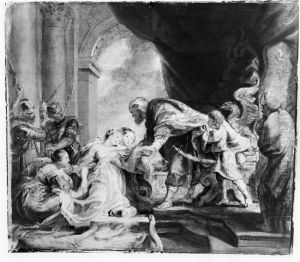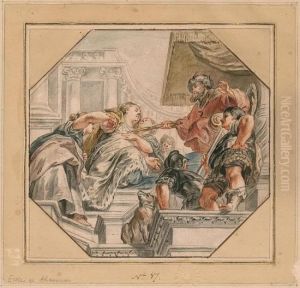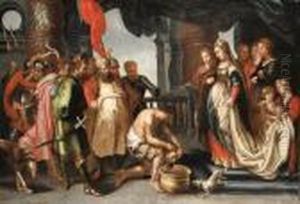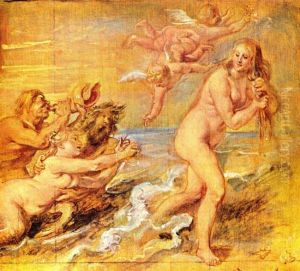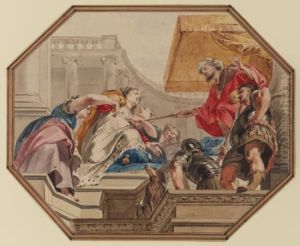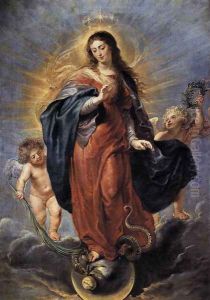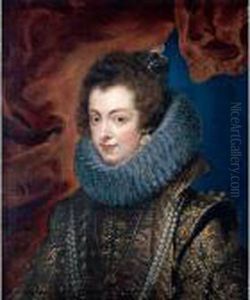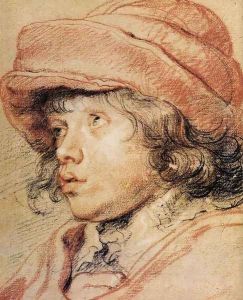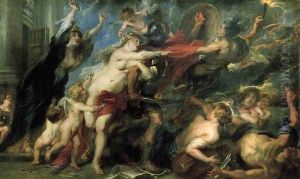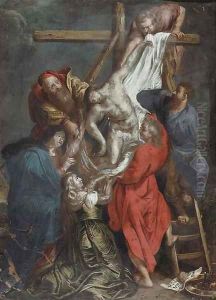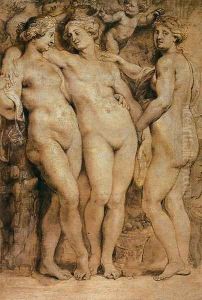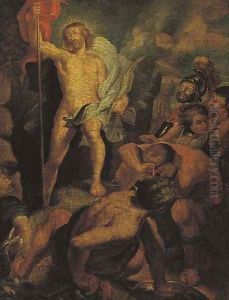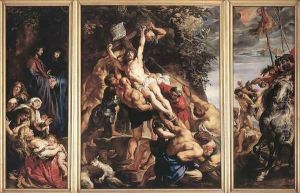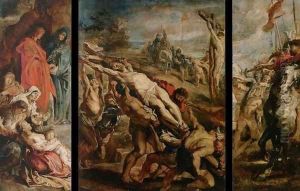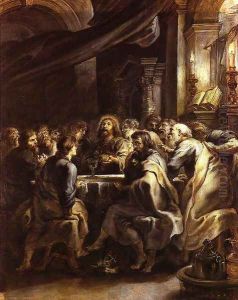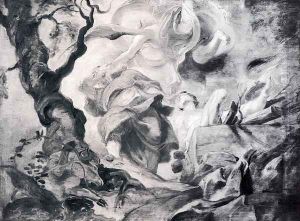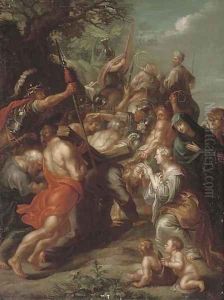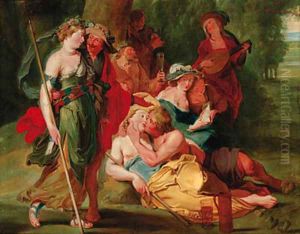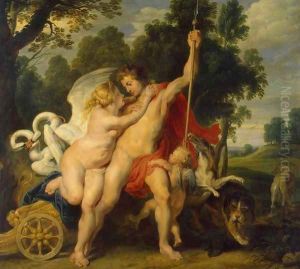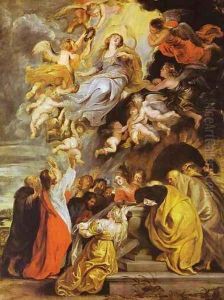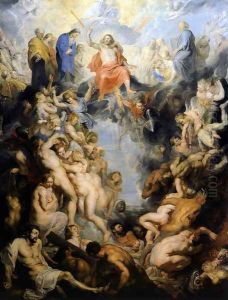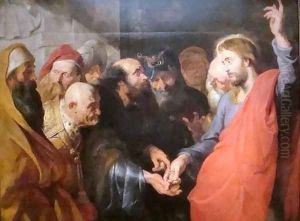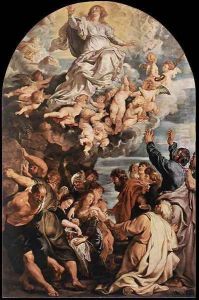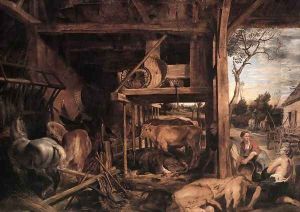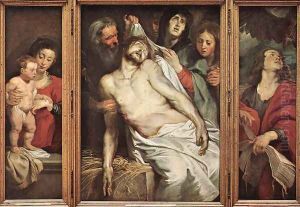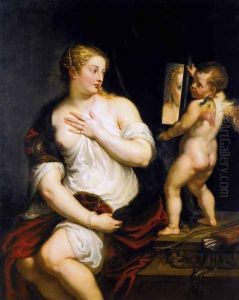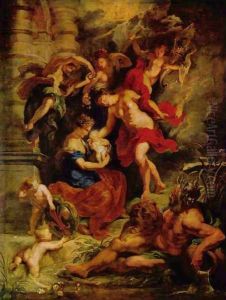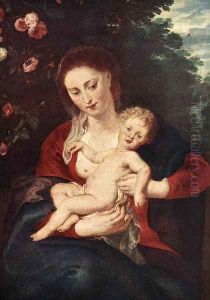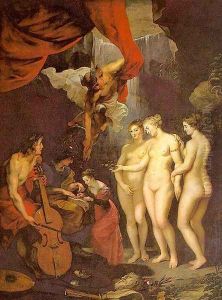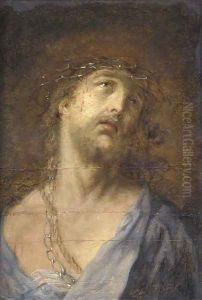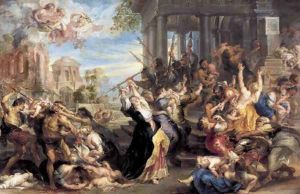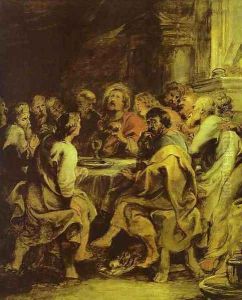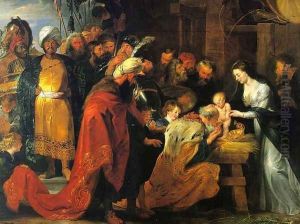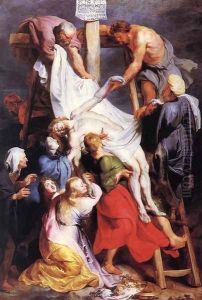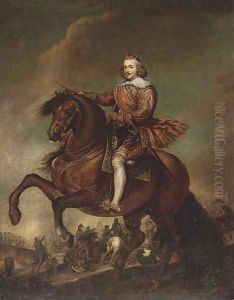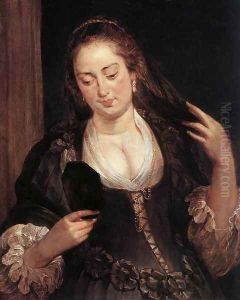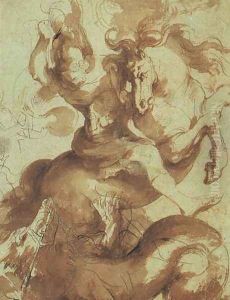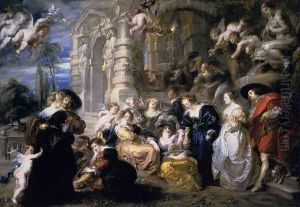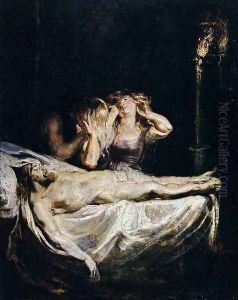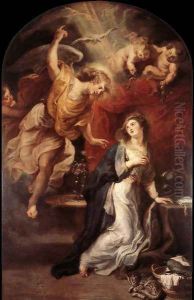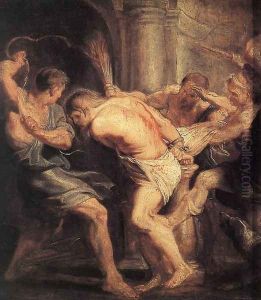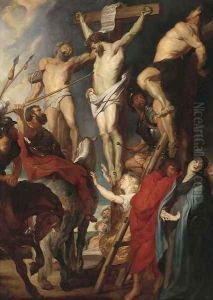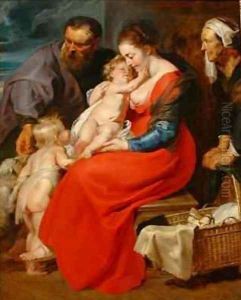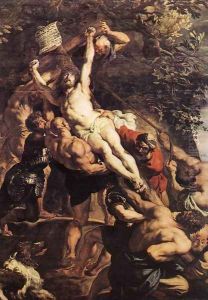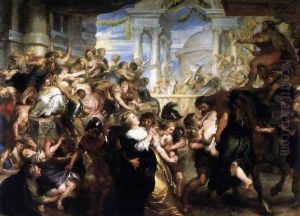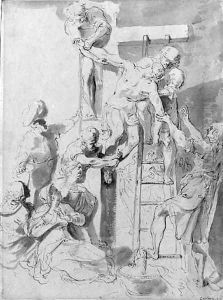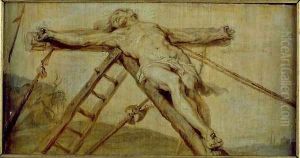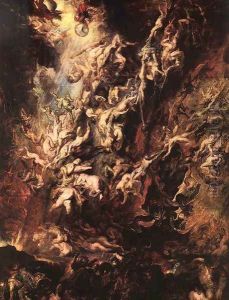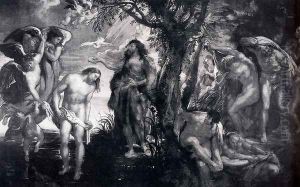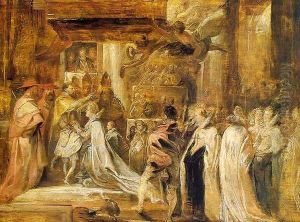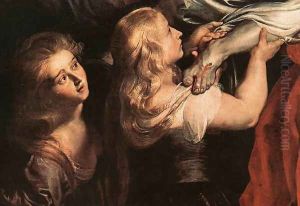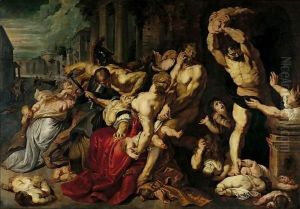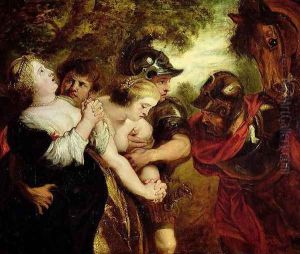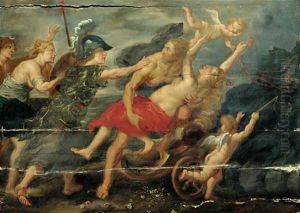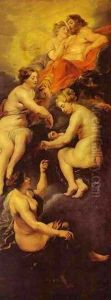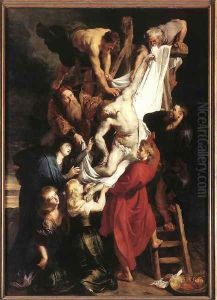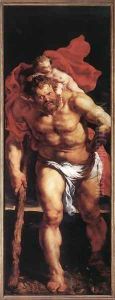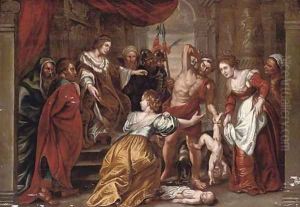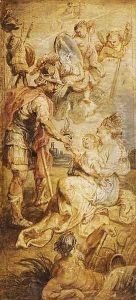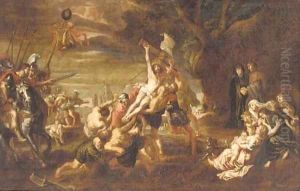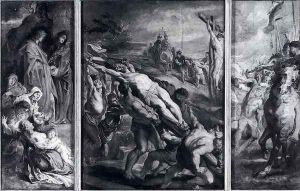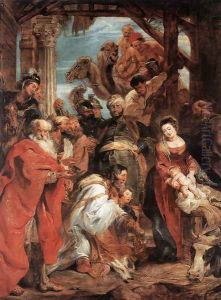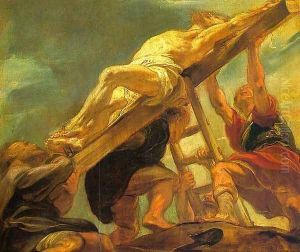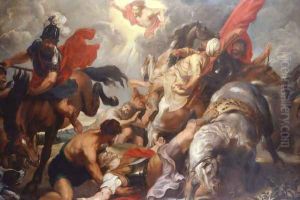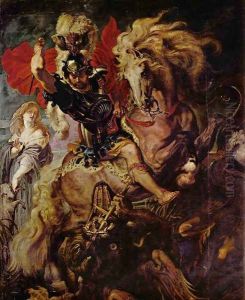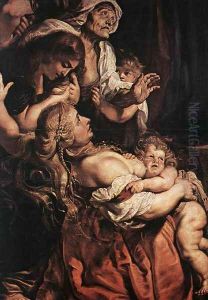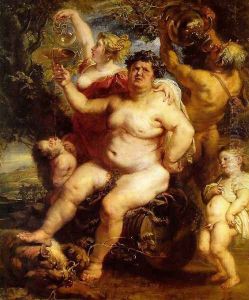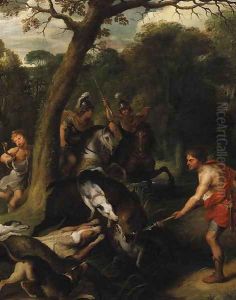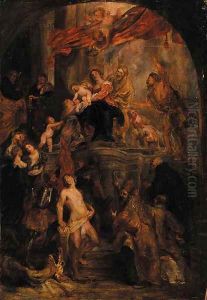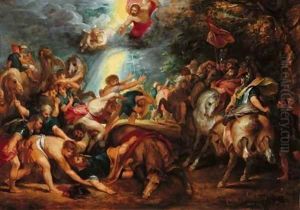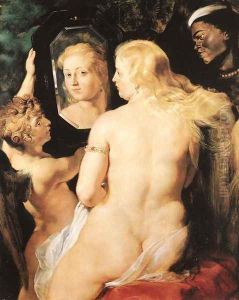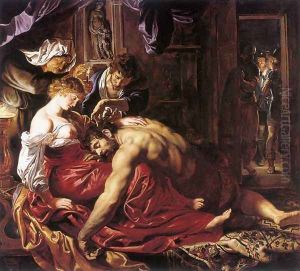(studio of) Rubens, Peter Paul Paintings
Peter Paul Rubens was a towering figure in the Baroque art movement, celebrated for his expressive, dynamic, and vibrant compositions that epitomized the exuberance of Baroque art. Born on June 28, 1577, in Siegen, Nassau-Dillenburg (now Germany), Rubens was a prolific 17th-century Flemish artist whose influence extended across Europe, thanks to his innovative approaches to painting and his successful workshop in Antwerp.
Rubens's early life was marked by a move to Antwerp with his family in 1589, where he was educated and later apprenticed under several prominent painters of the time. His talent and dedication to art were evident early on, leading him to Italy in 1600, where he was profoundly influenced by the works of Renaissance masters. This Italian period was crucial for Rubens, as he absorbed the styles of Titian, Veronese, and Caravaggio, which would significantly inform his later work.
Returning to Antwerp in 1608, Rubens established a studio that became one of the most prolific in Europe. His workshop was known not only for paintings but also for tapestries, prints, and sketches, producing works for local patrons as well as for nobility and monarchs across Europe. Rubens's art was characterized by dramatic intensity, movement, and sensory richness, often focusing on themes of mythology, Christian history, and portraits. His use of color and light, as well as his ability to convey material textures and human emotion, set new standards in painting.
Rubens was also a respected diplomat, traveling across Europe where he mingled with royalty and executed commissions that were as much political as they were artistic. His diplomatic skills served him well in negotiating peace treaties, and his travels allowed him to further his art, including a notable stay in Spain where he was influenced by Diego Velázquez.
Later in life, Rubens focused more on landscapes and personal projects, showing a softer and more introspective approach to his art. He married twice and had several children, with his personal life and the lush landscapes of his homeland inspiring many of his later works.
Peter Paul Rubens died on May 30, 1640, in Antwerp. His legacy is vast, with his works influencing generations of artists across Europe. The studio of Rubens, a bustling center of artistic production, played a crucial role in disseminating his style and techniques, contributing to the spread of the Baroque aesthetic throughout the continent. Today, Rubens is remembered as one of the most important and influential artists of the Baroque period, with his works continuing to be celebrated for their vitality, emotion, and beauty.
